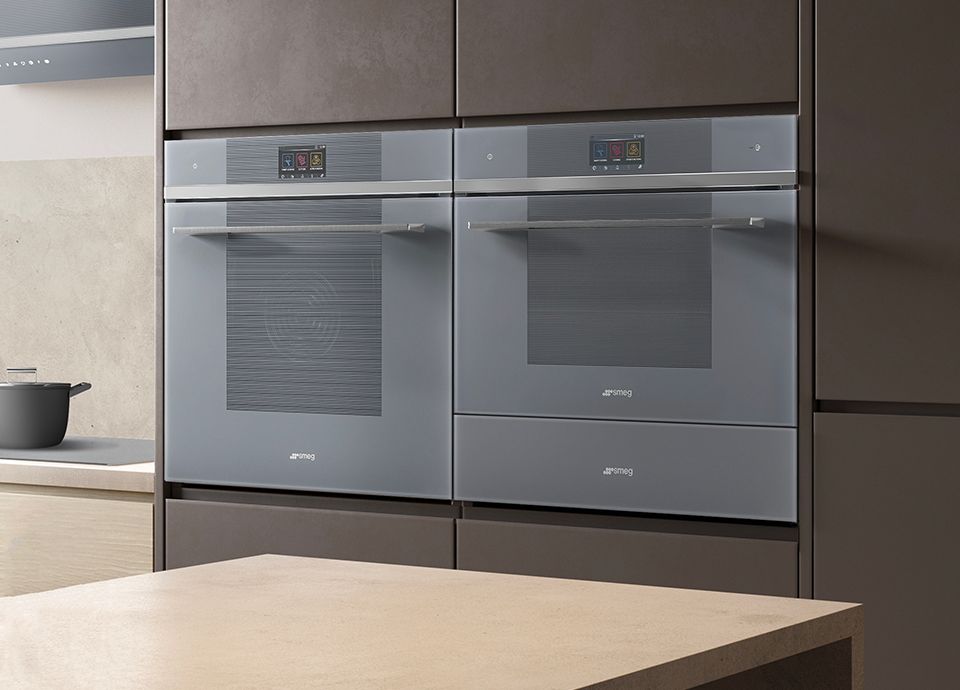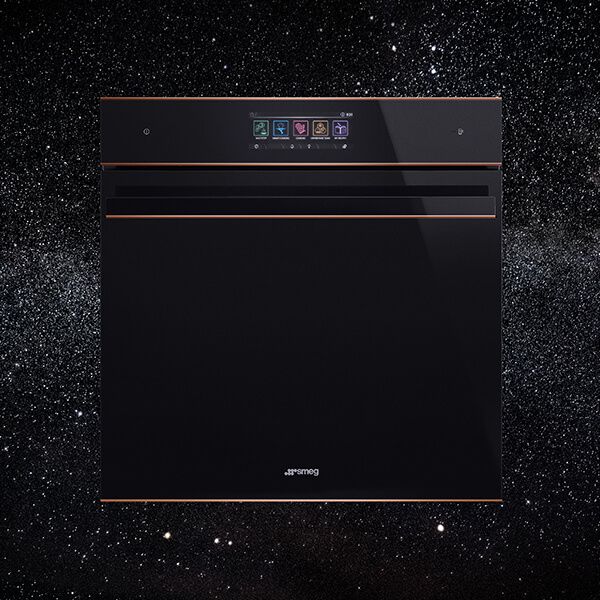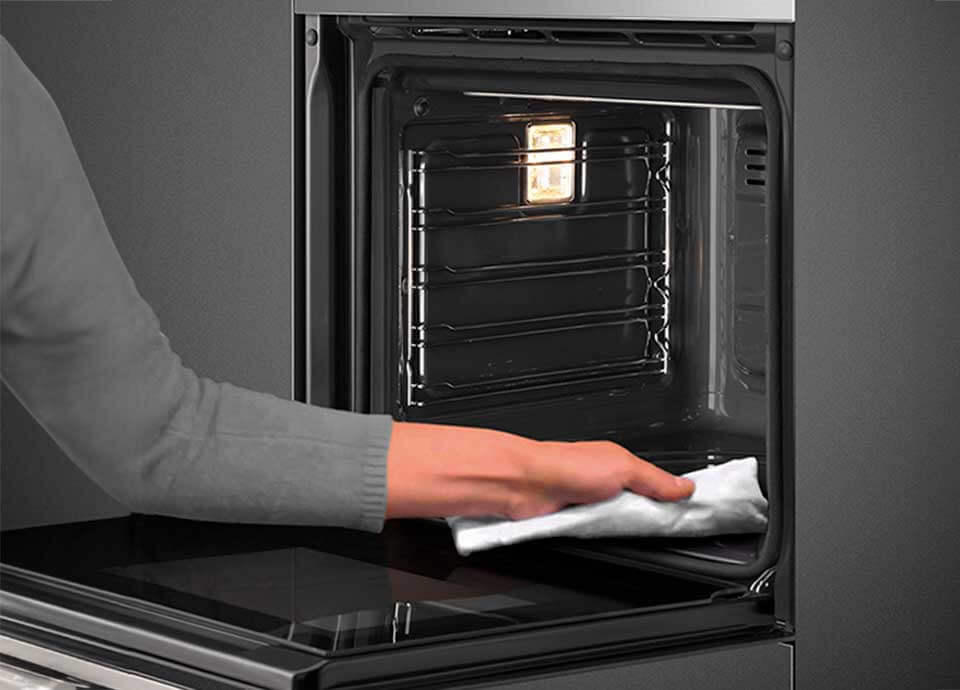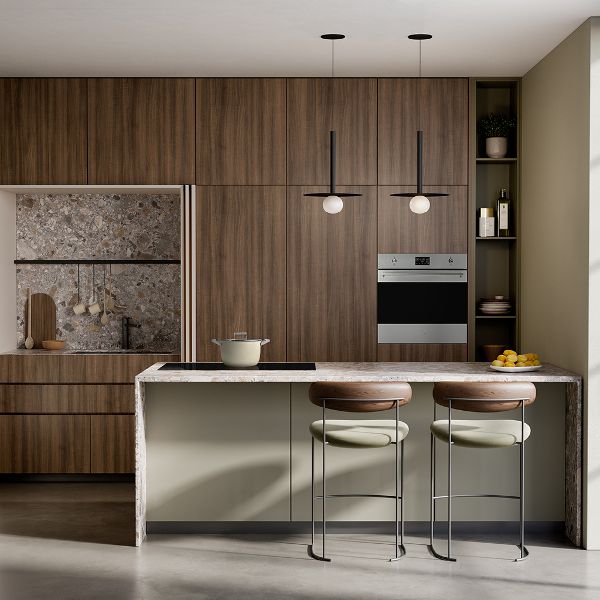In today's busy lives, pyrolytic ovens are increasingly in demand - these types of kitchen appliances are gaining popularity due to their innovative self-cleaning capabilities. The ovens operate the pyrolysis process to effectively eliminate any residue buildup inside an oven, providing a hassle-free and convenient solution for busy households wanting to maintain a pristine cooking environment.
invisible
- SHOP ONLINE
-
LARGE APPLIANCES
See more
- See all Large appliances
- separator
-
Ovens
See more
-
Hobs
See more
-
Cooker Hoods
See more
-
Cookers
See more
- Microwaves
-
Built-in Coffee machines
See more
- Built-in drawers
- separator1
-
Wine coolers
See more
-
Fridge freezers
See more
- Freezers
-
Blast chillers
See more
- separator2
-
Laundry
See more
-
Dishwashers
See more
-
Taps
See more
-
Sinks
See more
- separator3
- SmegConnect App
- Vitality system
- separator4
- Accessories
- Cleaning and maintance
- Sabbath appliances
-
SMALL APPLIANCES
See more
- See all Small appliances
- separator
- BREAKFAST
-
Kettles
See more
-
Toasters
See more
- Citrus juicer
- separator1
- COFFEE
-
Espresso coffee machines
See more
- Drip filter coffee machine
-
Coffee grinders
See more
- Milk frothers
- separator2
- WATER
- Water bottles NEW
- Soda maker
- separator5
- FOOD PREPARATION
- Stand mixers
- Hand mixers
- Blenders
- Hand blenders
- Kitchen scales
- separator3
- KITCHENWARE
- Cookware
- Knife block set
- separator6
- COOKING
- Portable induction hob
- Countertop 10 in 1 multifunction ovens
- separator4
- Accessories
-
SPECIAL PROJECTS
See more
- AESTHETIC LINES
-
INSPIRATION
See more
Search
Search for the products
Enter at least 3 characters
























































































































































